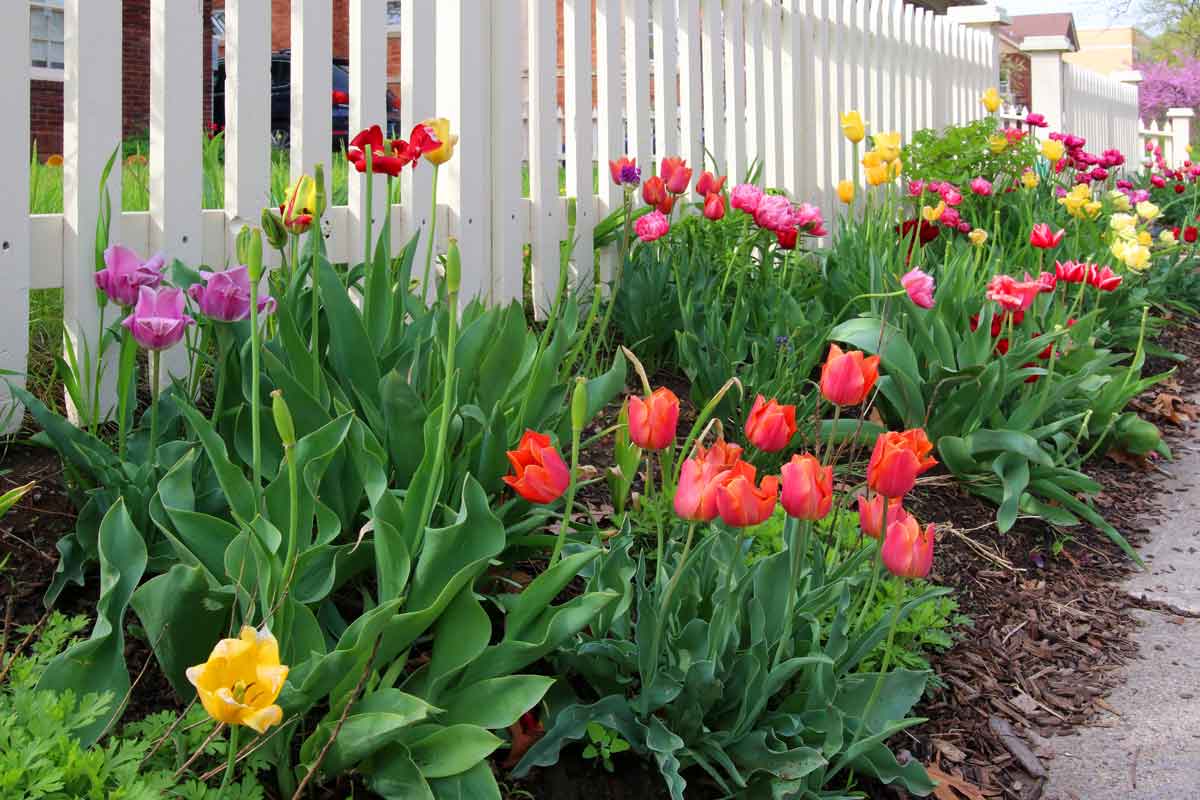How it Works: Preen Garden Weed Preventers
Here's how our Garden Weed Preventers prevent weeds before they even sprout rather than killing them after they’ve already had the chance to grow.
Gardeners are often tempted to get rid of the leaves on their daffodils, tulips, hyacinths, and other spring bulbs soon after the plants have finished blooming.
Cutting, twisting, braiding, or otherwise interfering with still-green leaves will short-circuit the bulbs’ ability to “recharge” themselves for next year’s bloom. The weeks between when bulbs finish blooming and when their leaves naturally turn brown are the most important of the year for reflowering.
As long as the leaves are green, they’re taking in sunlight as part of the chlorophyll-fueled photosynthesis process, which stores energy in the underground bulbs to grow next year’s flowers. By cutting the leaves early, you stop the recharge and weaken future flower shows – possibly to the point of getting no flowers at all.

UWMadison / iStock / Getty Images Plus
Gardeners are tempted to cut bulb foliage immediately after the flower show ends because the plain-green leaves can detract from other plants coming up for the season around them. The leaves also often splay apart, flop, or start to discolor as the post-bloom days drag on. Figuring the bulbs are going to go dormant for summer anyway, gardeners cut the foliage without realizing it’s still very useful to the plants.
You should at a minimum wait until the foliage begins to yellow to remove it. Yellowing is a signal that the chlorophyll is beginning to break down and that most of the recharging is done. You’ll get maximum recharge from your bulb foliage if you let them “ripen” fully to brown and collapse on their own before removing it. You can then rake it away or even let it on the ground to mulch over and compost in place.
If it’s the bare flower stalks that you don’t like, it’s OK to remove those once flowering is done. Flower stalks don’t do much photosynthesizing and can actually cost the plants energy by attempting to mature seeds that you don’t want, need, or use anyway. By “deadheading” flower stalks, you’ll both neaten the garden and direct all energy into bulb recharging.
As bulb foliage browns for the season, that’s prime time to dig and divide the bulbs if your clusters are getting too crowded. Although late September through early November is the ideal time to plant new bulbs, existing ones can be replanted in spring right after going dormant.
Once you've cut back your spring bulb foliage and are ready to plant annuals this spring - don't forget Preen Garden Weed Preventer once the planting is done. You'll free yourself from weeding in the months ahead and will have more time to just enjoy the garden or do....anything but weeding!